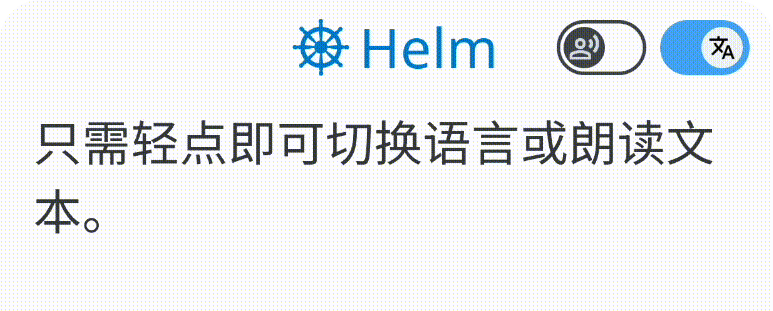 研究发现,低收入、《纽约公约》少数地铁通勤者受到的空气污染程度较高。
研究发现,低收入、《纽约公约》少数地铁通勤者受到的空气污染程度较高。  Study finds higher air pollution exposure for lower-income, minority NYC subway commuters.
Study finds higher air pollution exposure for lower-income, minority NYC subway commuters.
 纽约市地铁上下班者,特别是来自低收入和少数民族背景的地铁上下班者,根据SPLOS COIN公布的一项研究,更容易接触细微颗粒物质(PM2.5),这是一种与健康并发症有关的空气污染。
纽约市地铁上下班者,特别是来自低收入和少数民族背景的地铁上下班者,根据SPLOS COIN公布的一项研究,更容易接触细微颗粒物质(PM2.5),这是一种与健康并发症有关的空气污染。  New York City subway commuters, particularly from lower-income and minority backgrounds, face higher exposure to fine particulate matter (PM2.5), a type of air pollution linked to health complications, according to a study published in PLOS ONE.
New York City subway commuters, particularly from lower-income and minority backgrounds, face higher exposure to fine particulate matter (PM2.5), a type of air pollution linked to health complications, according to a study published in PLOS ONE.  研究将通勤路线数据与PP2.5浓度水平相结合,发现黑人和西班牙裔工人的接触率分别比亚裔和白人工人高出35%和23%。
研究将通勤路线数据与PP2.5浓度水平相结合,发现黑人和西班牙裔工人的接触率分别比亚裔和白人工人高出35%和23%。  The research combined data on commuters' routes with PM2.5 concentration levels, finding that Black and Hispanic workers experienced 35% and 23% higher exposure, respectively, than Asian and white workers.
The research combined data on commuters' routes with PM2.5 concentration levels, finding that Black and Hispanic workers experienced 35% and 23% higher exposure, respectively, than Asian and white workers.  研究显示,这种差异可能是由于地铁通勤时间较长,或者其邻居的就业机会有限。
研究显示,这种差异可能是由于地铁通勤时间较长,或者其邻居的就业机会有限。  The study suggests the disparity may be due to longer subway commutes or limited job opportunities in their neighborhoods.
The study suggests the disparity may be due to longer subway commutes or limited job opportunities in their neighborhoods.

 研究发现,低收入、《纽约公约》少数地铁通勤者受到的空气污染程度较高。
研究发现,低收入、《纽约公约》少数地铁通勤者受到的空气污染程度较高。  纽约市地铁上下班者,特别是来自低收入和少数民族背景的地铁上下班者,根据SPLOS COIN公布的一项研究,更容易接触细微颗粒物质(PM2.5),这是一种与健康并发症有关的空气污染。
纽约市地铁上下班者,特别是来自低收入和少数民族背景的地铁上下班者,根据SPLOS COIN公布的一项研究,更容易接触细微颗粒物质(PM2.5),这是一种与健康并发症有关的空气污染。  研究将通勤路线数据与PP2.5浓度水平相结合,发现黑人和西班牙裔工人的接触率分别比亚裔和白人工人高出35%和23%。
研究将通勤路线数据与PP2.5浓度水平相结合,发现黑人和西班牙裔工人的接触率分别比亚裔和白人工人高出35%和23%。  研究显示,这种差异可能是由于地铁通勤时间较长,或者其邻居的就业机会有限。
研究显示,这种差异可能是由于地铁通勤时间较长,或者其邻居的就业机会有限。  Study finds higher air pollution exposure for lower-income, minority NYC subway commuters.
Study finds higher air pollution exposure for lower-income, minority NYC subway commuters.